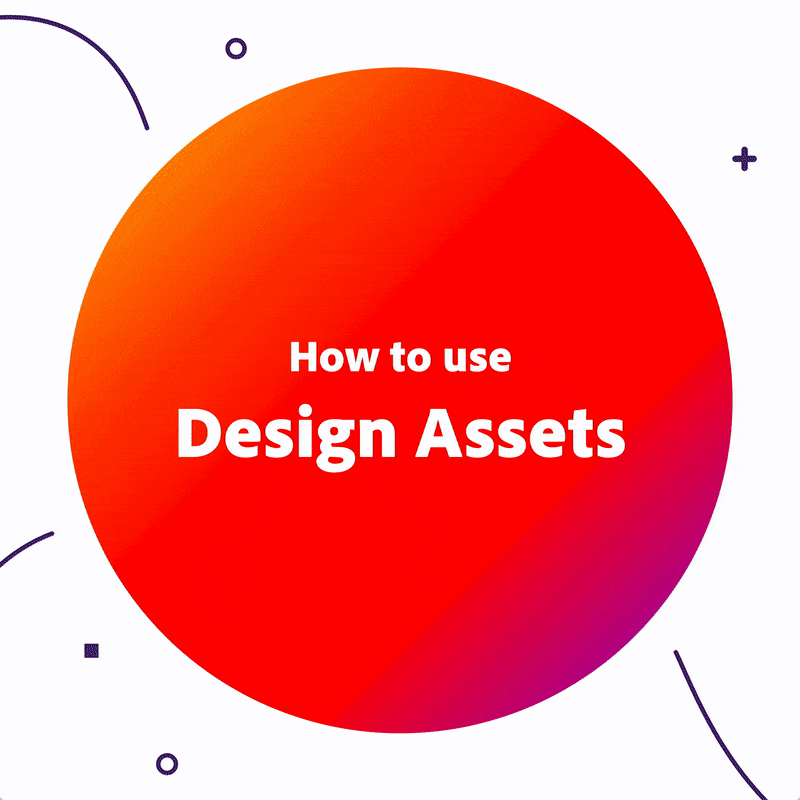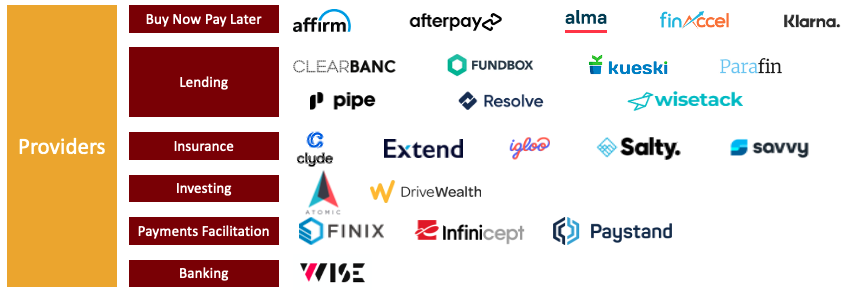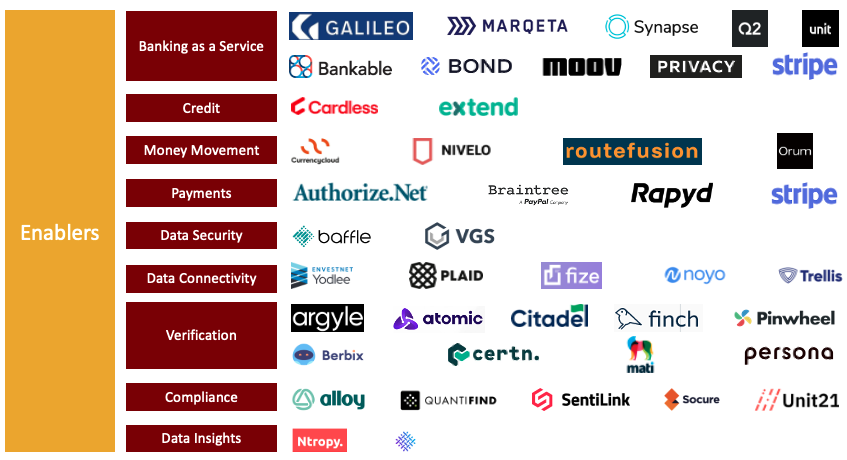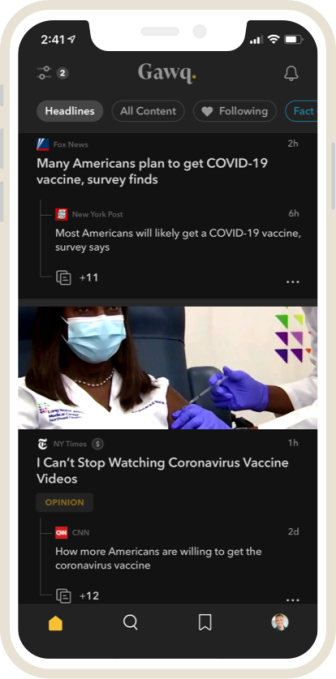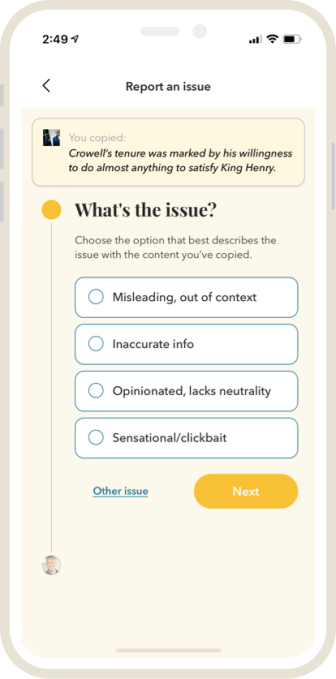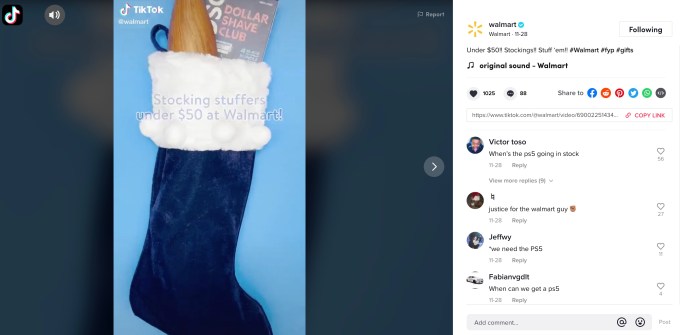News: Perigee snares $1.5M seed to secure HVAC and other infrastructure
It’s been an eventful fall for Perigee CEO and founder Mollie Breen. The former NSA employee participated in the TechCrunch Disrupt Startup Battlefield in September, and she just closed her first seed round on Thanksgiving, giving her a $1.5 million runway to begin building the company. Outsiders Fund led the round with participation from Westport,
It’s been an eventful fall for Perigee CEO and founder Mollie Breen. The former NSA employee participated in the TechCrunch Disrupt Startup Battlefield in September, and she just closed her first seed round on Thanksgiving, giving her a $1.5 million runway to begin building the company.
Outsiders Fund led the round with participation from Westport, Contour Venture Partners, BBG Ventures, Innospark Ventures and a couple of individual investors.
Perigee wants to secure areas of the company like HVAC systems or elevators that may interact with the company’s network, but which often fall outside of the typical network security monitoring purview. Breen says the company’s value proposition is about bridging the gap between network security and operations security. She said this has been a security blind spot for companies, often caught between these two teams. Perigee provides a set of analytics that gives the security team visibility into this vulnerable area.
As Breen explained when we spoke in September around her Battlefield turn, the solution learns normal behavior from the operations systems as it interacts with the network, collecting data like what systems and individuals normally access it. It can then determine when something seems off and cut off an anomalous act, which may be indicative of hacker activity, before it reaches the network.
She says that as a female founder getting funding, she is acutely aware how rare that is, and part of the reason she wanted to publicize this funding round was to show other women who are thinking about starting a company that it’s possible, even if it remains difficult.
She plans to grow the company to about six people in the next 12 months, and Breen says that she thinks deeply about how to build a diverse organization. She says that starts with her investors, and includes considering diversity in terms of gender, race and age. She believes that it’s crucial to start with the earliest employees, and she actively recruits diverse candidates.
“I write a lot of cold emails, particularly around hiring and that’s partly because with job listings it’s all inbound and you can’t necessarily guarantee that that is going to be diverse. And so by writing cold emails and really following up with those people and having those conversations, I have found a way of actually making sure that I’m talking to people from different perspectives,” she said.
As she looks ahead to 2021, she’s thinking about the best approach to office versus remote and she says it will probably be mostly remote with some in-person. “I’m really balancing at this point in time, how do we really make the connections, and make them strong and genuine with a lot of trust and do that with balancing some elements of remote, knowing that is where the industry is going and if you’re going to be a company and in a post-2020 world, you probably need to adopt to some element of remote working,” she said.


